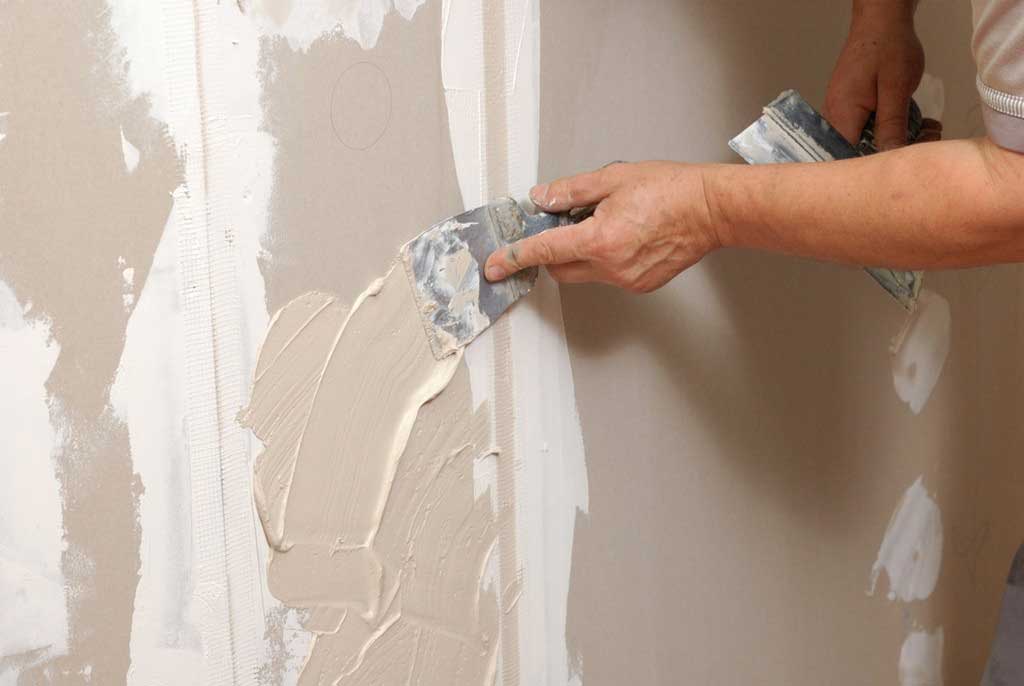Water Stain On Drywall? How To Fix Them
There are many ways to treat water stains in any material. Depending on the severity and the material itself, one might have to treat, clean, or replace the item. In the case of drywall, many will say throw it out when the stain includes mould. But, when it is simply some stains in it. Try these DIY guides to treat water stain on drywall.
4 Simple Steps About DIY Guide To Treat Water Stain On Drywall
Materials To Use
It is given that every water stain treatment needs a proper fix beforehand. In this case, a stain on drywall can happen due to a pipe leak, water damage, or rainwater. Whatever the problem is, be sure you can fix them before doing the treatment. The stain will always appear even with waterproof paint. So, fix them up first.
You might have to consider piping or water gutter to see. You can tighten or replace pipes if needed. After resolving the causes, you can start gathering treating materials. Those materials are made up of walls primer, paint, and bleach. Some items you can uses include sponges, spray bottles, goggles, gloves, drop cloth, and painter’s tape to make a clean water stain on drywall treatment.
Bleaching The Drywall
One of the primary functions of bleach is to kill the possible mould and decrease the stains. In many cases, you might not need bleach. But using one can help lighten up some stain edges that appear dark. To do it, you will need to lay down a drop cloth on the floor and top of the furniture. Remember that bleach can damage the coloured item.
With the cloth laid out, you can start dusting the areas and clean out any debris from the stain. Drywall tends to stay intact despite the water damage. But it can absorb quite a humidity and looks very bad. So, you will need to combine a cup of bleach with three cups of warm water on a spray bottle.
You can simply spray the stain and wipe the area gently. Remember to use protection, such as gloves and goggles to prevent damage to skin or eyes. Sometimes the process to bleach the water stain on drywall can takes a long time until days with more than one treatment. In other words, you need to make sure the stain is lighter and dry, and the surface is clean before applying paint.
Applying Wall Primer
Primer wall paint is the base coat you are going to use to prevent the stain to spread. Based on the condition, you might want to consider working with mould and stain-blocking primer. Drywall painting itself is pretty easy to pick, which is why you can get one that fits with the colour and it also adheres to the wall longer.

Painting The Wall
The last thing to do is to give the final touch to the painting. You can only do this step after all of the primers are dry. In this case, you can always pick a paint that is the same colour as the previous paint. Be sure to carefully pick the colour since the primer on top of the water stain on drywall tends to look darker.
The idea of treating water stains is pretty common, and it does not need some extra action from professionals. This idea can save money since you don’t need to replace the wall every time stains appear. But no matter how good you cover up the stain, it will come again if you don’t fix the cause.
